Top 12 Open Source Code Security Tools
Open source software is everywhere. From your server to your fitness band. And it’s only becoming more common as over 90% of developers acknowledge using open
Updated December 19, 2023
What is SAST? It is not just another hard-to-decipher acronym; it is the foundation upon which secure code is built. SAST is the solutions category with some of the most powerful tools to integrate into your software development lifecycle when talking about shift-left security.
All developers are familiar with static application security testing (SAST) tools and use the ones integrated into their IDEs daily. But too few of them add SAST into their CI/CD pipeline.
Static application security testing, also known as white-box testing, is a method, or tool, by which you can test code without running it.
Any developer who has worked with an IDE is familiar with the fundamental concept of static application testing. IDEs often alert developers about potential issues such as a section of code not being reachable or a method never being called. Static application security testing is a subset of those tools that focus on security. Some of the most common issues that can be found using SAST are SQL injection vulnerabilities.
SAST tools are high-performance solutions that test code as early as possible and prevent loss of time, work, and possibly fatal security issues down the line.
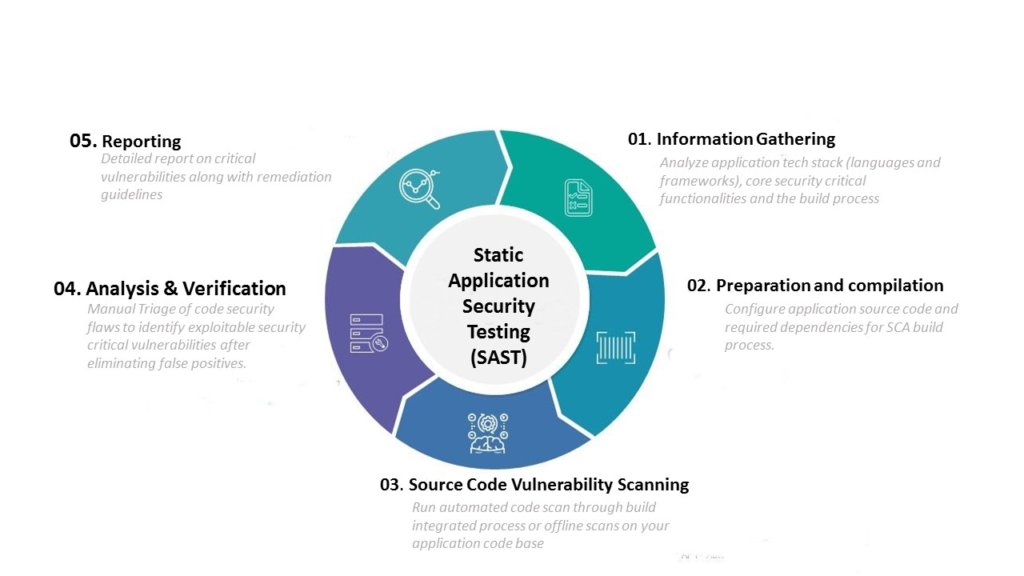
SAST are an integral part of shift-left security methodology. Your team will spend less time fixing security issues by checking for potential problems as early as when you type the code. SAST integrates into IDEs and CI/CD pipelines to seamlessly prevent bad code from ever reaching production.
SAST has many benefits. You can integrate these tools into a CI/CD pipeline and alert developers about potential issues early in the development cycle. SAST tools are also very fast, as they do not require compiling or running the code. They simply scan the text for potential concerns and highlight them for developers.
However, those benefits don’t come without potential downsides. SAST tools tend to have a high number of false positives, which can become a nuisance. And when that happens, developers will ignore the warnings. Therefore, it is crucial to have practical SAST tools that avoid a high volume of false positives.
Klocwork works with C, C#, C++, and Java codebases and is designed to scale with any size project. The static analysis nature of Klocwork works on the fly along with your code linters and other IDE error checkers. It is especially good at finding div by zero, null pointer issues, array out of bounds, and the likes, without running the code to test it.
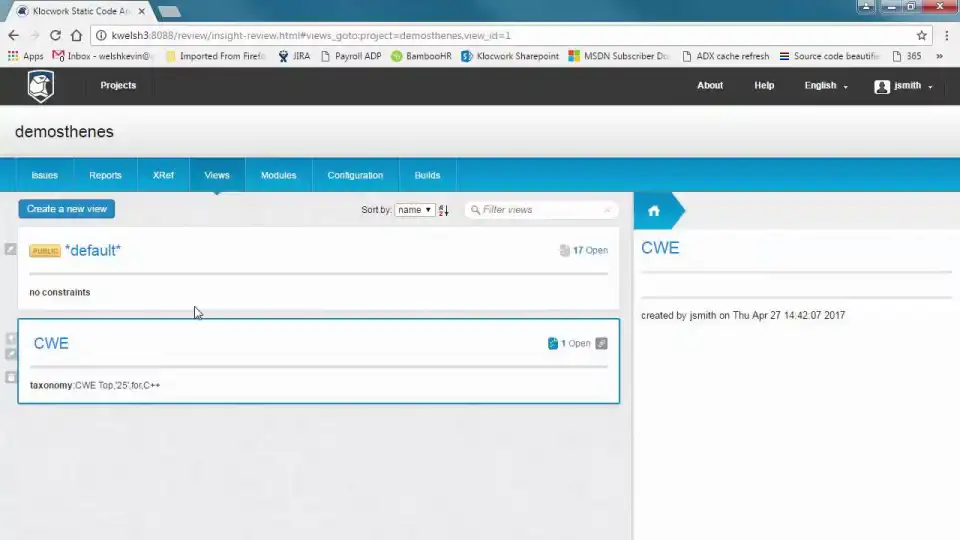
Klocwork can help you adhere to several coding and security standards: CWE, OWASP, CERT, PCI DSS, DISA STIG, and ISO/IEC TS 17961. Users may also add custom checks, although some users found the lack of documentation around the area difficult to maneuver. Klocwork can do pre- and post-check-in analysis as part of your CI/CD pipeline to increase the overall quality of your code.
Forgive us for the self promotion here but SpectralOps is unique in the landscape since it scans the entire SDLC for hard coded secrets, keys, and misconfigured code, continuously. Spectral is a multi-language AI-driven SAST. The primary objective of Spectral is to prevent secrets (credentials, API keys, encryption keys, etc) from leaking. Secrets tend to be hard-coded at the early stages of development of every feature and then forgotten in the code, leaving them to be exposed to potential attackers. This is not restricted to code, but other file types are potential leaks.
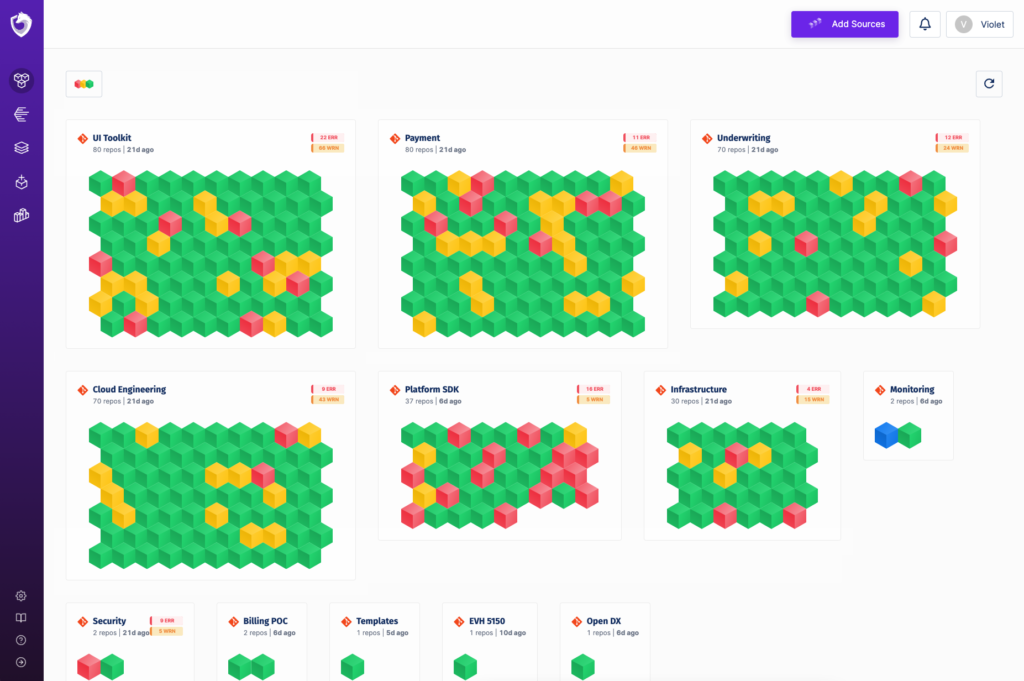
Unlike most SAST, SpectralOps avoids false positives by using a sophisticated AI. Avoiding false positives is one of the most important aspects of any SAST, as a high volume of false positives is like your SAST crying wolf. Eventually, developers will ignore the warnings. Secret scanners are an essential part of any security stack you should not overlook.
Checkmarx is a solid SAST tool that supports numerous languages right out of the box with no configuration. Not only does it identify security issues, but it also offers solutions. It can be a great tool to try out if you’re unfamiliar with SAST.
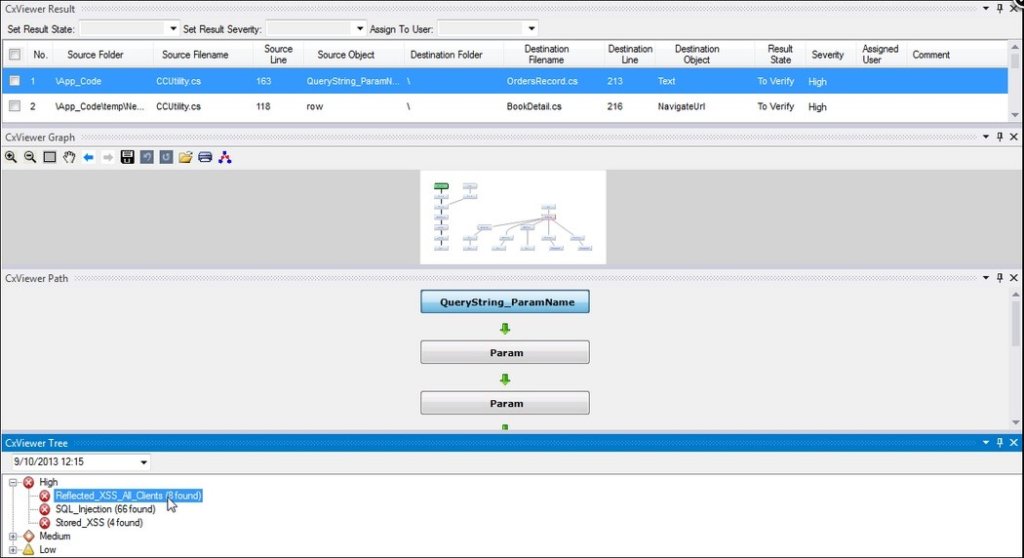
Although the UI is a bit lacking compared to more modern solutions, it is old, reliable, does what it says on the cover, and does well. As many SAST tools tend to be, it is vulnerable to a high number of false positives.
Veracode has many security-related software solutions. Their SAST Veracode Static Analysis has a low false-positive count and offers developers potential solutions to issues it finds.
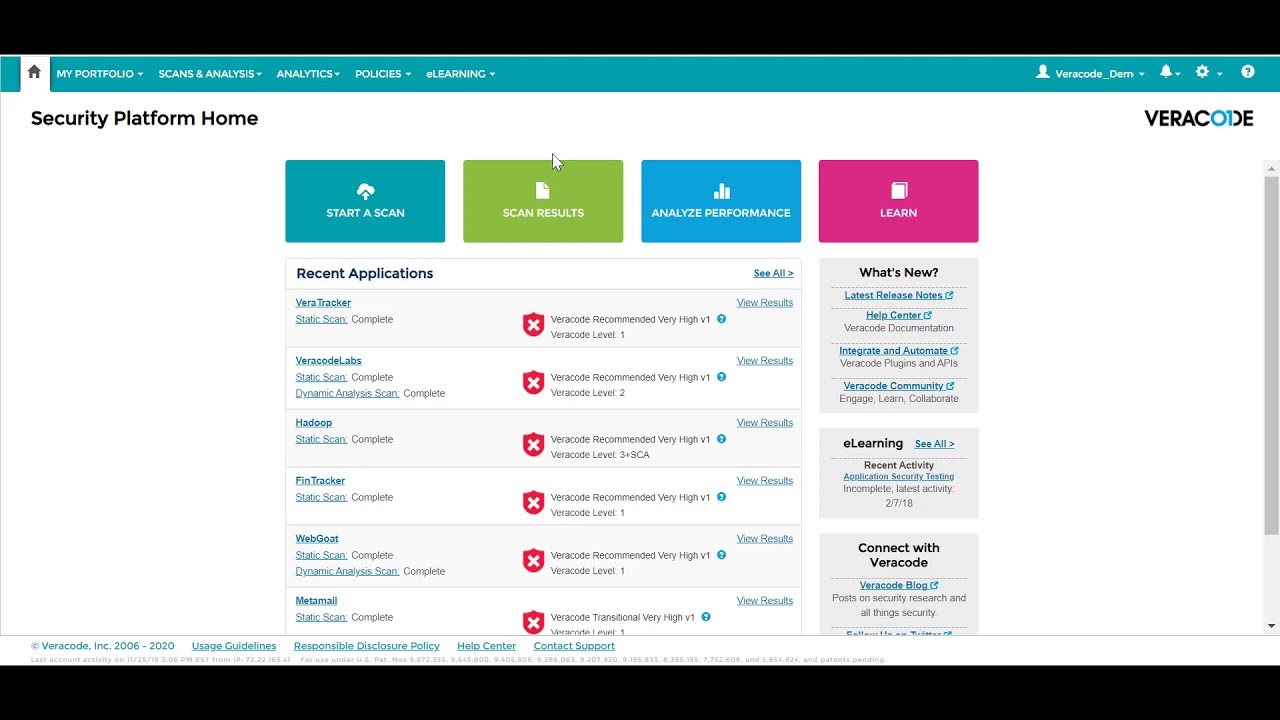
Being Software as a Service means low setup overhead and a quick turnaround from first acquiring access and getting results. However, Veracode does not offer a free version to try out. That said, reviewers are overall pleased with the product, particularly in maintaining security standards.
LGTM automates code-review. It is an open-source platform and is highly transparent. You can find a plethora of information on their website regarding what kind of analysis they can do and what kind of issues they encounter.
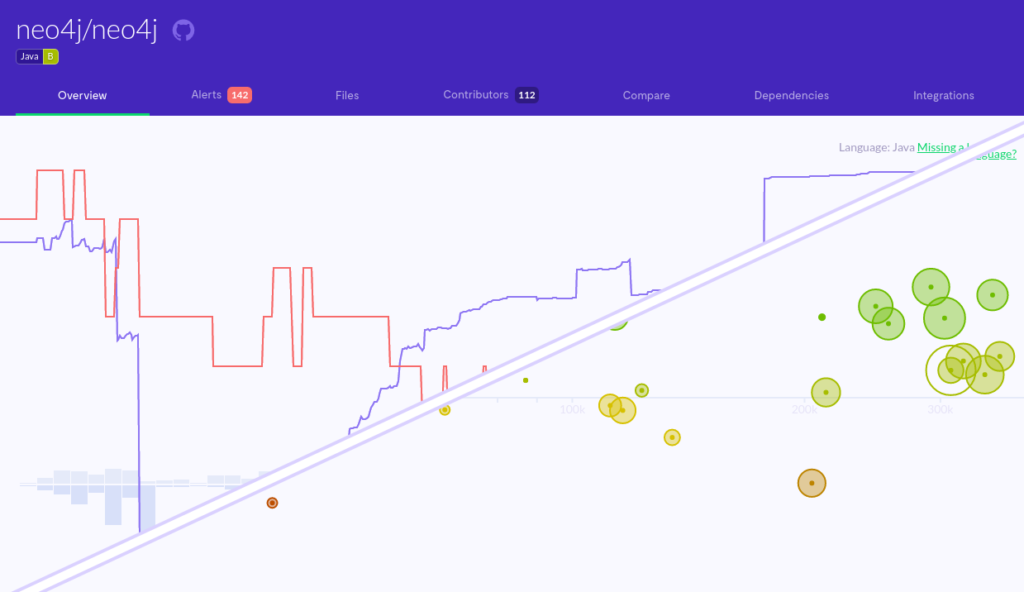
At its core, LGTM does what any SAST does, checks for common vulnerabilities and exposures (CVE). The way the information is aggregated and displayed, however, is unique and powerful. It is backed by CodeQL, a trusted code query language with influential contributors like Microsoft and Google. LGTM is free for all open-source projects.
Reshift is a SAST specifically built for NodeJS. Specialized tools have strengths in knowing they do what they do very well, but they lack some flexibility. Redshift focuses on shift-left security, acknowledging that fixing errors earlier is better. By integrating into IDEs and CI/CD pipelines, Redshift makes sure to test your code as early as when you type it.
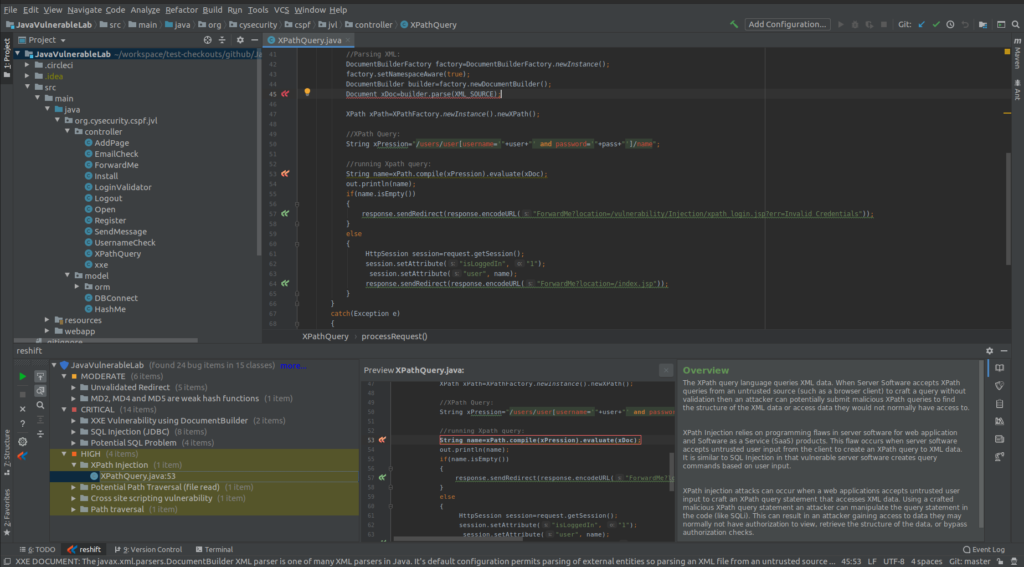
Unlike many other SAST, Redshift has an advertised pricing scheme, starting with a free version for a single user and going up to $299 for ten users + $149 for every additional ten users. For enterprises of 100+ users, you could contact them for an offer.
Insider CLI is an open-source SAST completely community-driven. As you can see, the link above goes to GitHub, which is the only facade for the project. Insider is developed to track, identify, and fix the top 10 web application security flaws according to OWASP. OWASP is a nonprofit foundation dedicated to providing web application security.

Being open-source has many advantages, such as always being able to go in and make modifications, and more often than not, a solid community to collaborate with. The project is relatively new, with its first GitHub commit from November 2019. Insider could be the next best thing, especially if you’re looking to help grow it.
Codacy is another automated code review tool. Rather than focus on fixing your code for you; the focus is on giving you information about the overall health of your project. When working in a team, it is vital to keep track of technical debt, readability, and adherence to standards. This tool helps you keep track of many different statistics regarding your project.
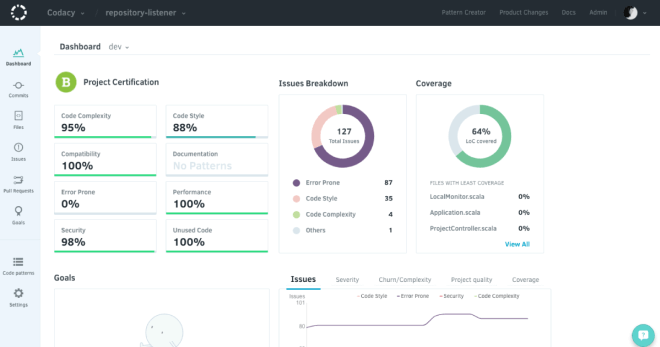
It takes no time to set up, but reviewers say some of the graphs lack good explanation, and sometimes a line of code not passing a check could be better explained.
AppScan, formerly by IBM, is a SAST designed for web applications. The reduced number of false positives backed by machine learning sets it apart from other more affordable or open source alternatives.
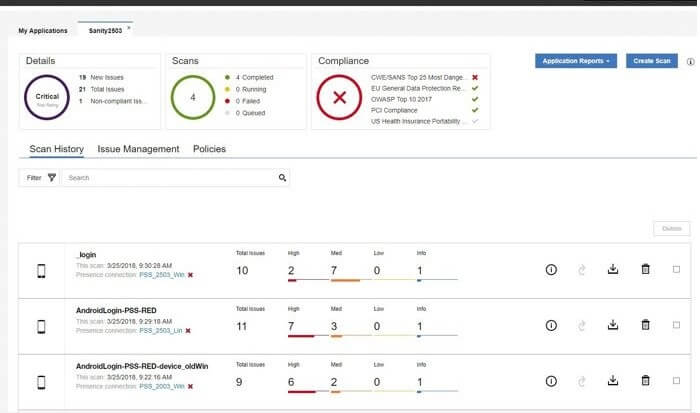
AppScan creates robust test cases for your web applications to help ensure a fluid transition to production while covering known security vulnerabilities. While there is no free version, there is a 30 day trial period. According to reviewers, there is still room for improvement on the integration front, as it currently lacks a proper plugin for Jenkins.
Running SAST scans on every new PR automated through the CI/CD is the way of the future. Jit takes Open Source SAST solutions (Bandit, Gosec, GitLeaks, and Semgrep) and orchestrates them to protect code throughout the software development lifecycle straight for CI/CD tools.
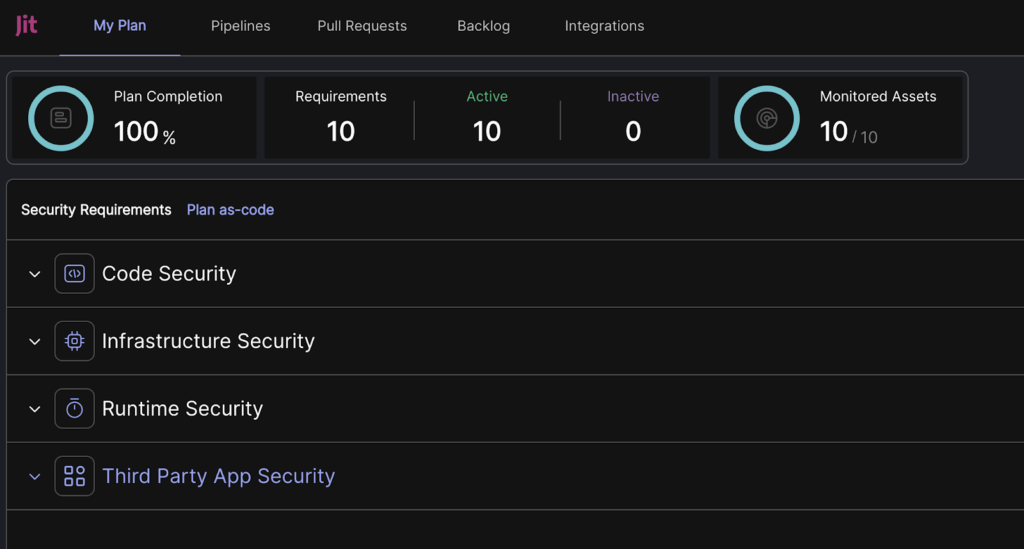
Speaking of Open Source solutions, Teller is an open source project that provides secrets management right from your command line. You can connect Teller to any key vault, store, etc. and scan your code continuously for hard-coded secrets.
SAST is an umbrella term for several security-related code scanners, and it is important to make sure the tools you choose to employ cover the ground you’re standing on. Web applications have specific vulnerabilities, and SQL-related code has others. The most important thing to consider is that it adheres to your particular needs.
Generally, you would like to assess some general topics to figure out if the tool is right for you:
Aside from finding security vulnerabilities specific to your codebase, it is essential to use a secret scanner such as SpectralOps, as all code bases are vulnerable to secret leaks.

Open source software is everywhere. From your server to your fitness band. And it’s only becoming more common as over 90% of developers acknowledge using open

It’s easy to think that our code is secure. Vulnerabilities or potential exploits are often the things we think about last. Most of the time, our
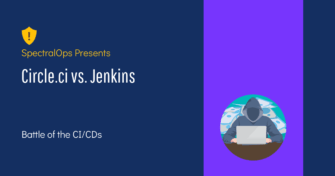
Continuous integration and delivery are necessary in any production level software development process. CI/CD are more than just buzzwords. Rather, it is a fully-fledged methodology of